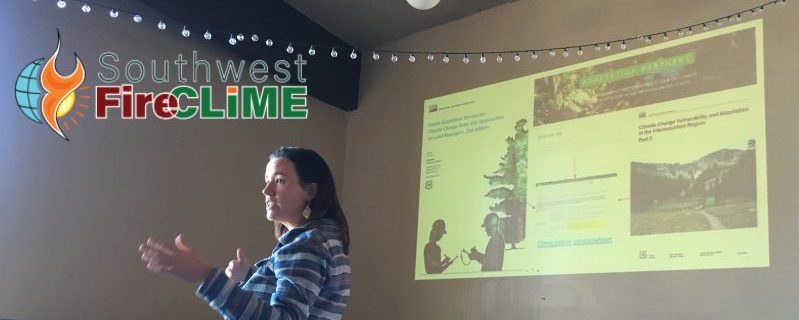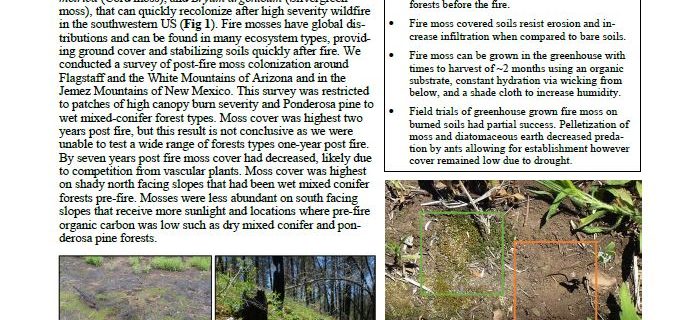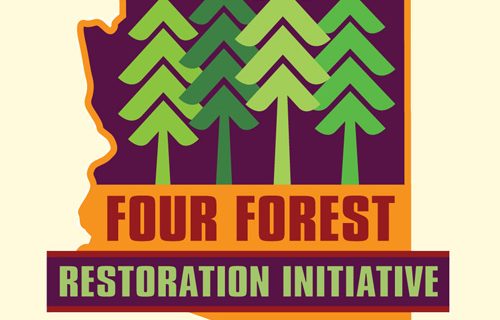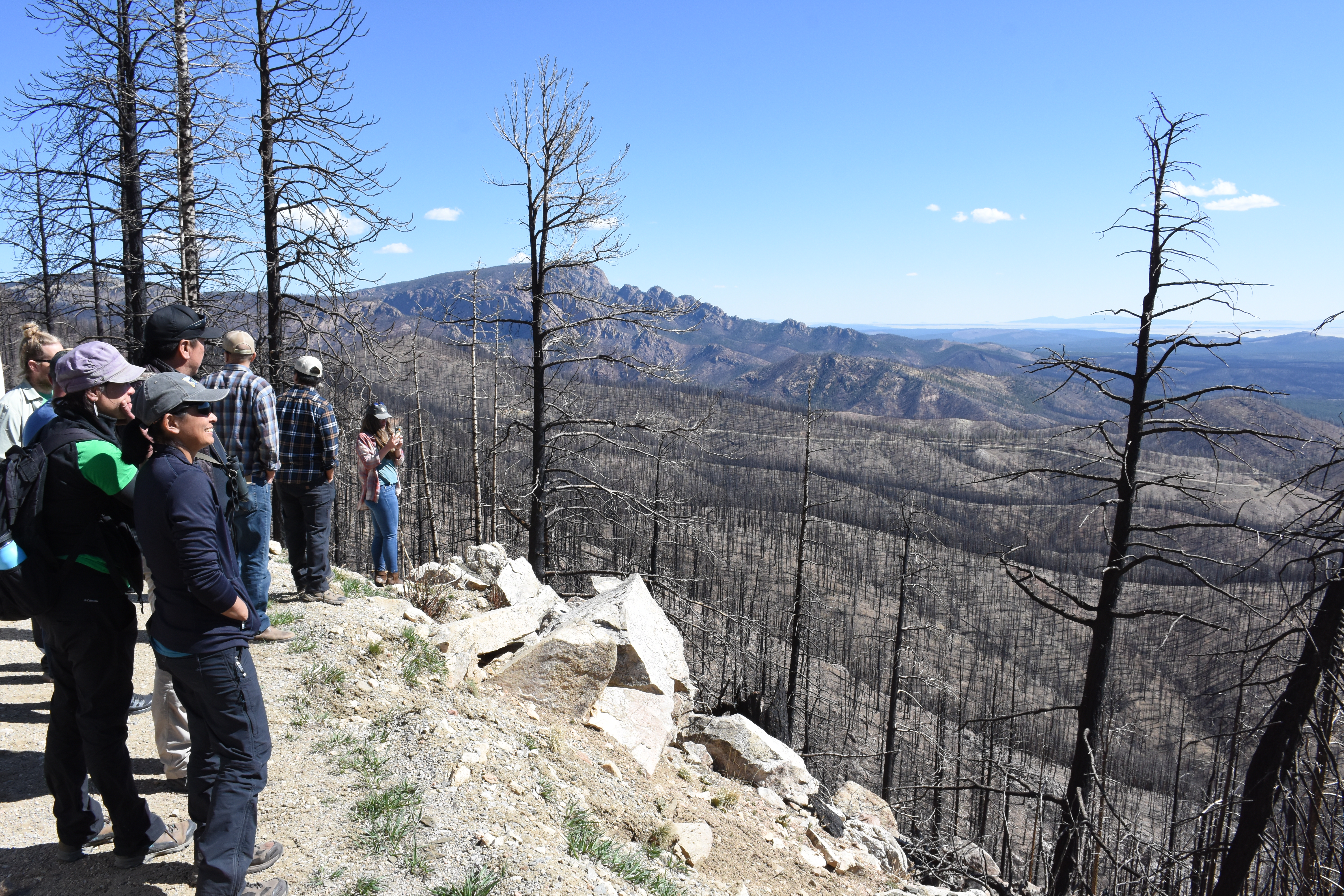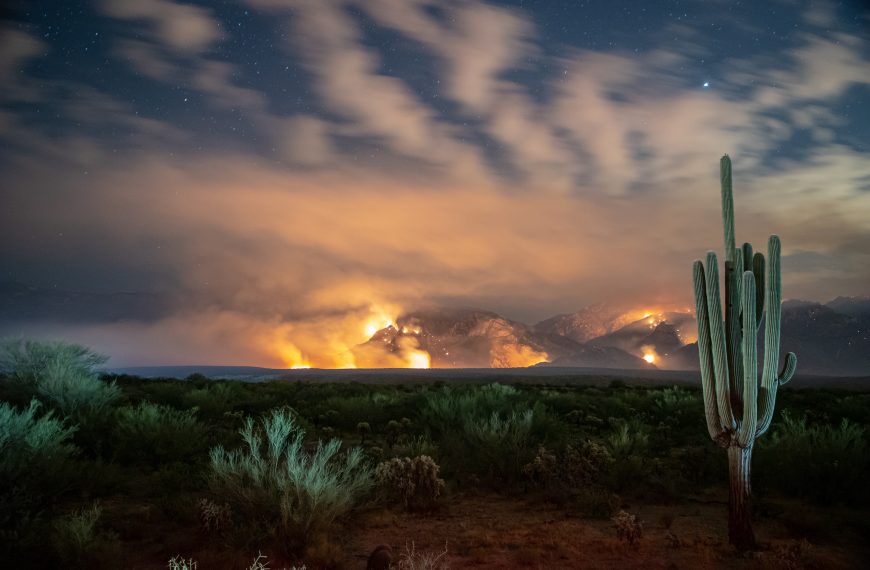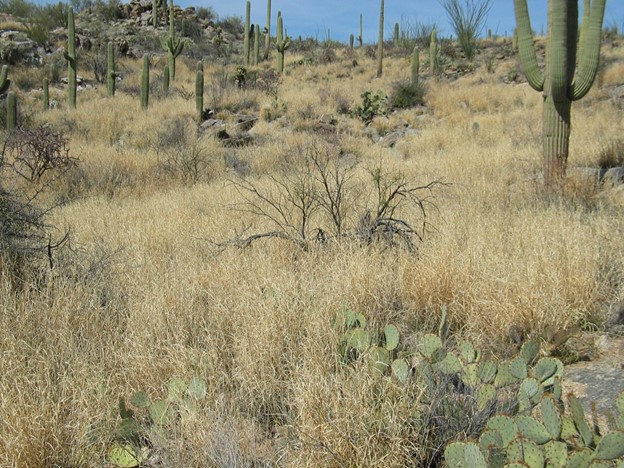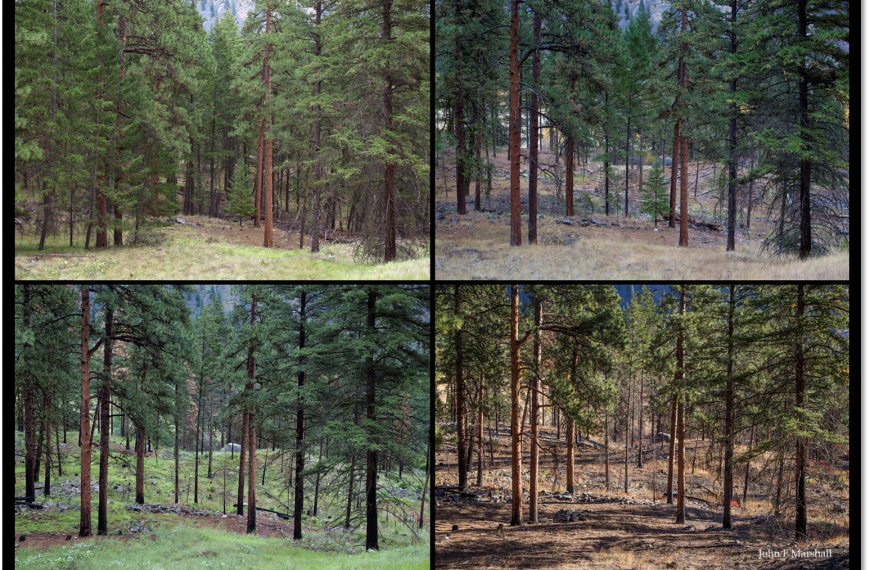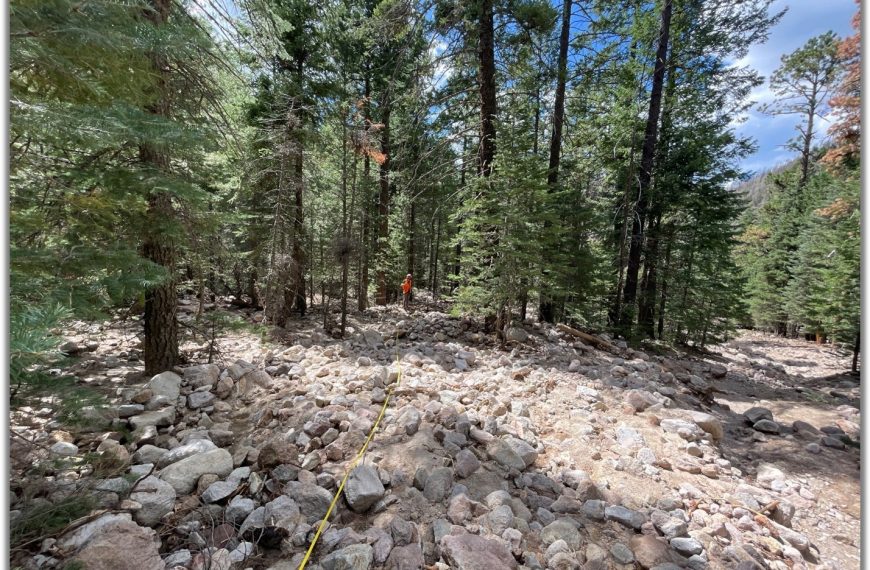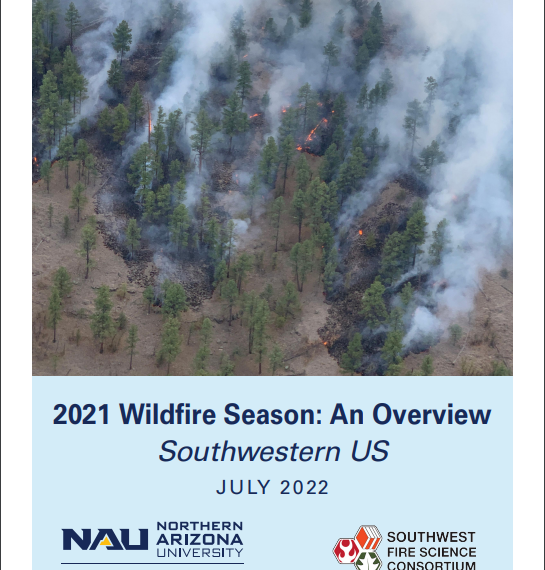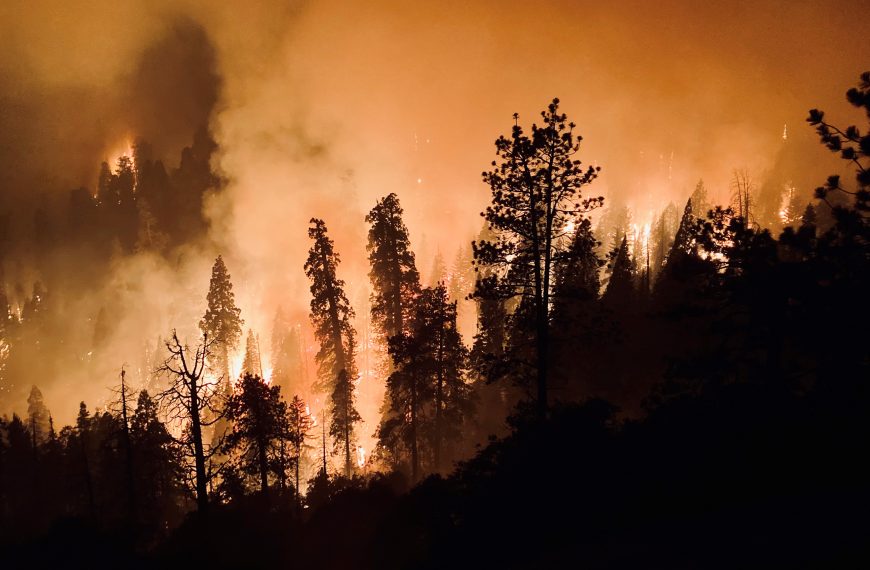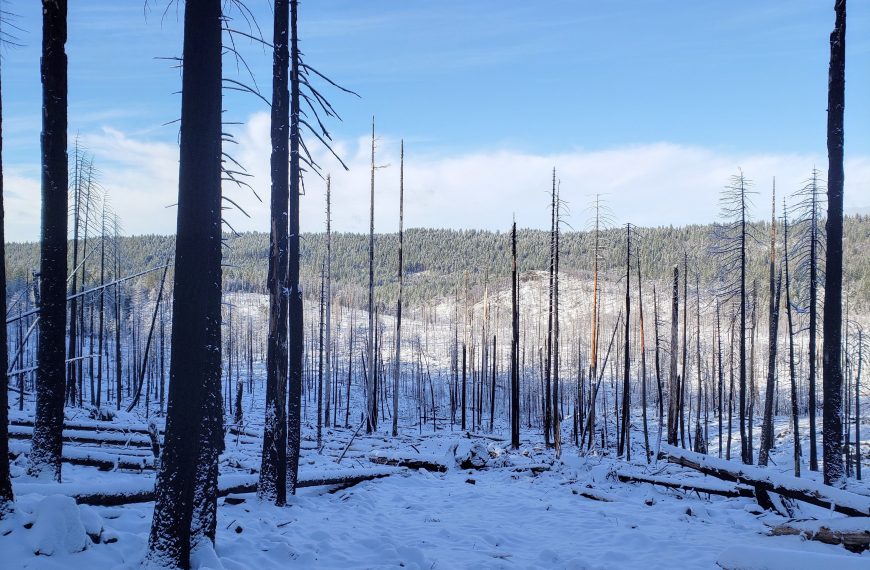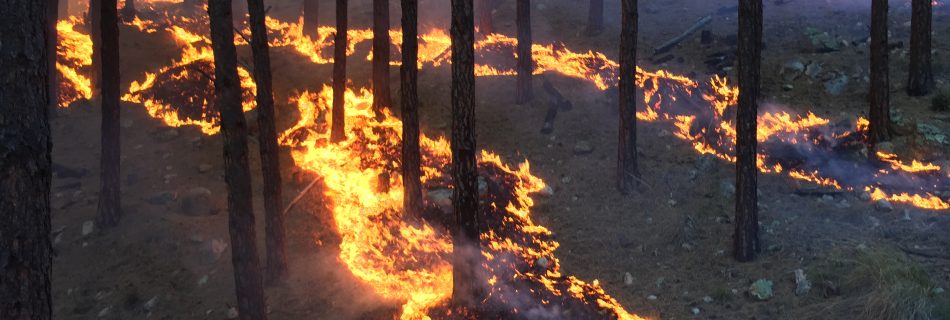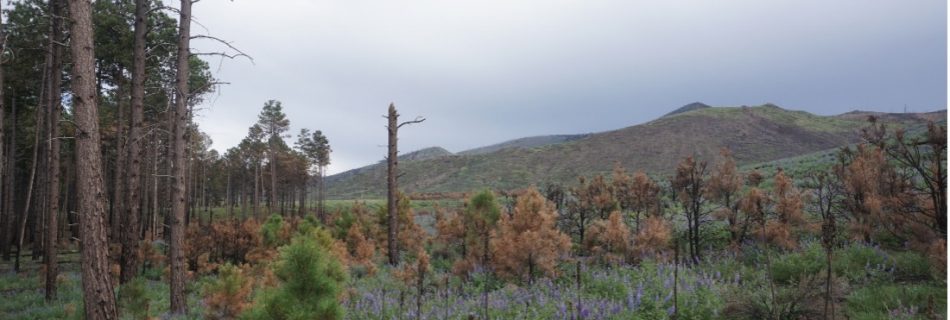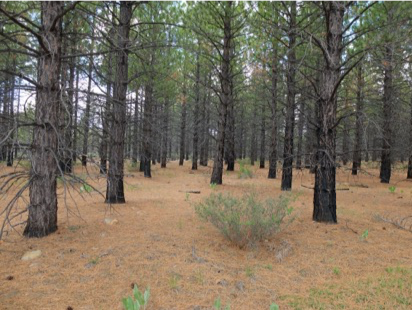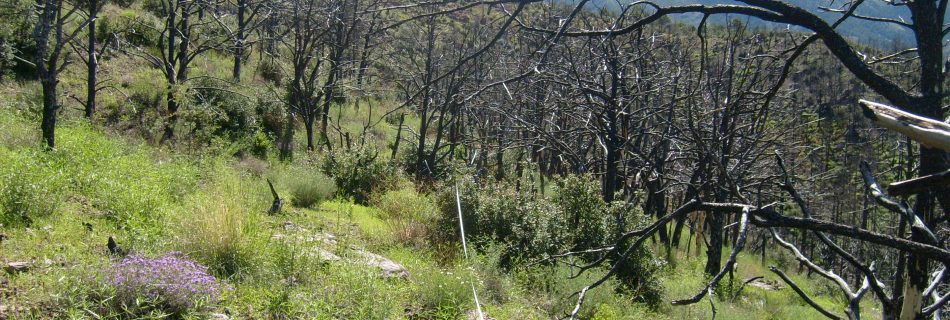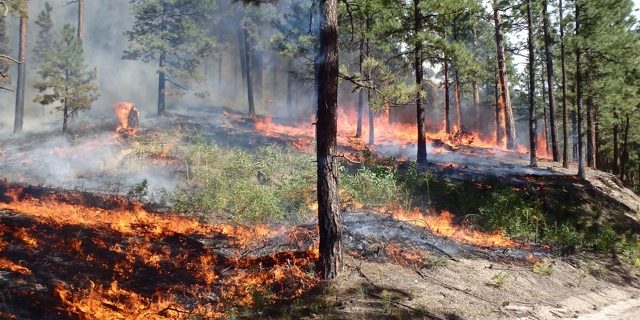A brief look at how the Black Range of the Gila National Forest goes about putting down thousands of acres of prescribed fire. See how the District works in a collaborative and productive manner while working within the multiple-use framework to include grazing, wildlife, recreation, and community outreach. Supported by science, the agency looks to keep fire on the landscape. View the YouTube video here.
May 5, 2020: Adaptation strategies for climate and fire in the Southwest
Presenters: Martha Sample and Andi Thode, Northern Arizona UniversityDate: May 5, 2020 12pm AZ/1pm MDT We will be presenting recent work on a Fire-Climate Adaptation ‘menu’ of strategies and approaches that can be used to align fire-specific management goals with climate impacts. The strategies that we have developed fit neatly into an existing climate adaptation framework …
Read more “May 5, 2020: Adaptation strategies for climate and fire in the Southwest”

